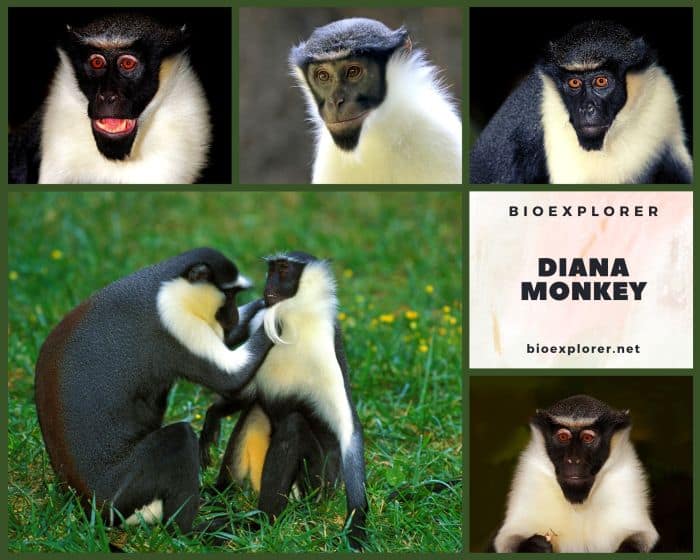
| Animalia | Primates | Cercopithecidae | Cercopithecus | Cercopithecus diana |
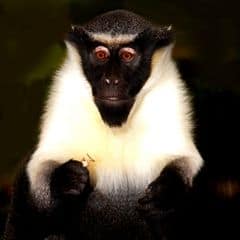

- Common Name: Diana Monkey
- Taxonomy Classification Year: 1758
- Monkey Size: 40 to 55 cm (15.75 to 21.65 in)
- Skin Color(s): Black-gray
- Habitat: Forest, rainforest
- Diet: Omnivorous
- Native Countries: Liberia, Sierra Leone, Ivory Coast
Diana Monkey Distribution
Diana Monkey Characteristics
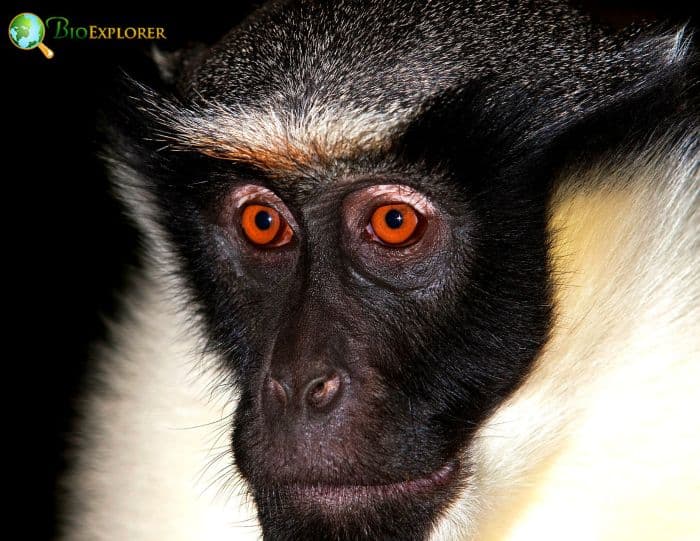
The Diana monkey[1] is an Old-World primate found in the high-canopy forests of Liberia, Sierra Leone, and the western Ivory Coast.
- It is a medium-sized monkey with a slim build, a long tail, and long legs. Males and females look alike, although males are somewhat larger.
- Their faces are black and outlined with white beards and white cheeks.
- Their bodies are primarily black, but the front of the chest and the insides of the arms are covered in white fur.
- A white stripe runs down the thighs outside, and the rump appears cloaked in red and cream fur.
What Do Diana Monkeys Eat?
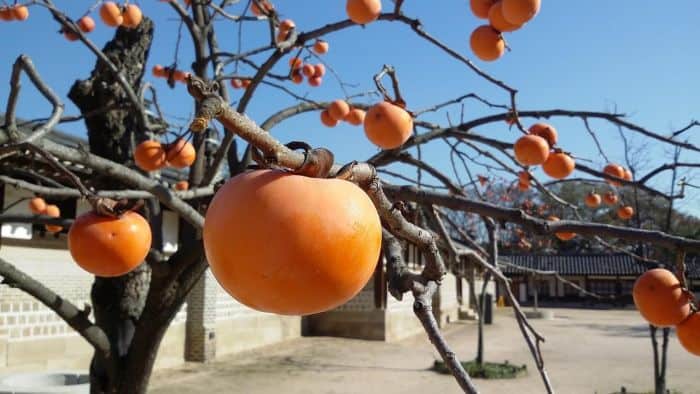
In the study published in the African Journal of ecology, it is found that the Diana Monkeys feed on many plant matters including Boleko Nut (Ongokea gore), African Nutmeg (Pycnanthus angolensis), Persimmons (Diospyros), Raphia Palm (Raphia africana) and more[¶].
What Eats Diana Monkeys?
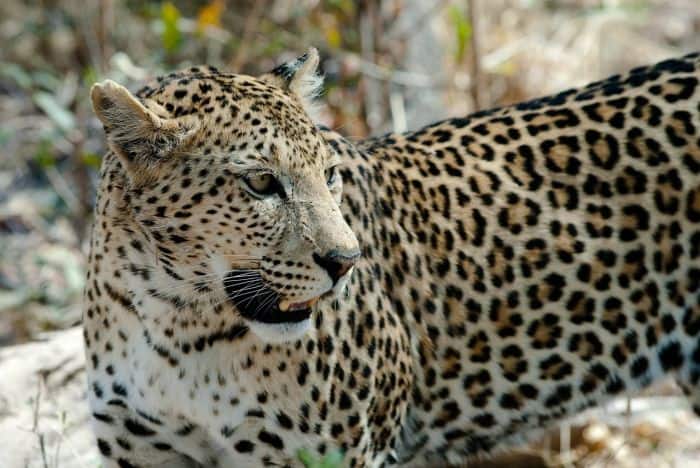
Leopards (Panthera pardus) are the primary predators of Diana Monkeys[§].
Diana Monkey Facts
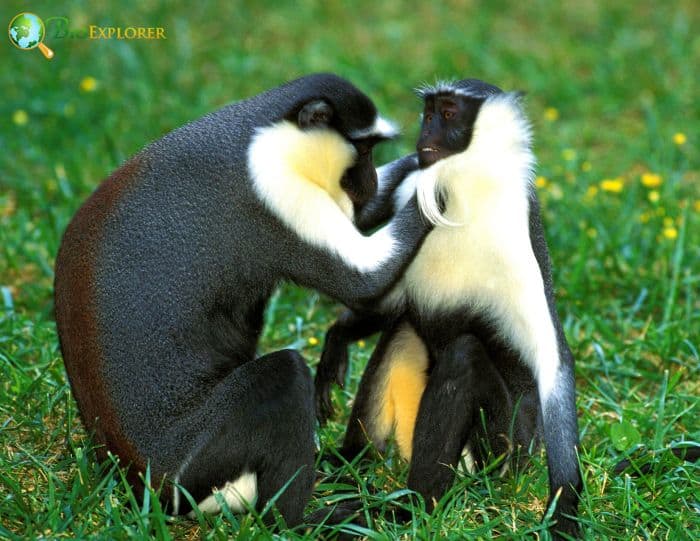
- Diana monkeys get their name from the white crescent-shaped headband that resembles the crescent moon on the forehead of the Roman goddess Diana, protector of woodlands and wildlife.
- They store food in their cheek pouches while foraging in the forest.
- Diana monkeys’ tails are often carried in a curve similar to a question mark.
- They have a polygynous mating system: one male species mates with several females.
- The females care for their young, which means they provide them with food and shelter until they mature enough to do so for themselves.
Suggested Reading: All Monkey Species
Cite This Page
APA7MLA8Chicago
BioExplorer.net. (2025, May 28). Diana Monkey. Bio Explorer. https://www.bioexplorer.net/animals/mammals/monkeys/diana-monkey/.
BioExplorer.net. "Diana Monkey" Bio Explorer, 28 May 2025, https://www.bioexplorer.net/animals/mammals/monkeys/diana-monkey/.
BioExplorer.net. "Diana Monkey" Bio Explorer, May 28 2025. https://www.bioexplorer.net/animals/mammals/monkeys/diana-monkey/.











